|
Voiced by Amazon Polly |
Abstract:
To help companies provide secure and resilient software swiftly, DevSecOps seeks to establish a culture of security consciousness, agility, and continuous improvement. DevSecOps assists companies in reducing security risks, preventing sensitive information, and sustaining stakeholder and consumer trust by incorporating security into every phase of the development process.
Freedom Month Sale — Upgrade Your Skills, Save Big!
- Up to 80% OFF AWS Courses
- Up to 30% OFF Microsoft Certs
- Ends August 31
Introduction:
Software development methodology that incorporates security procedures into the DevOps process is often referred to as DevSecOps, or Development, Security, and Operations. With the intention of integrating security into every phase of the development process rather than considering it as an afterthought, it places a strong emphasis on collaboration as well as interaction between the development, security, and operations teams throughout the software development lifecycle (SDLC).
Salient Features and Principles of DevSecOps
The following are important principles and features of DevSecOps:
- Shift Left: DevSecOps advocates for “shifting left,” which entails incorporating security concerns into software development as early in the process as feasible. Teams can reduce risks and expenses related to resolving security concerns later in the SDLC by identifying and mitigating security vulnerabilities promptly by including security procedures from the beginning.
- Automation: Automation is critical for DevSecOps because it facilitates teams in automating code analysis, compliance checks, security testing, and other security-related operations. Continuous integration/continuous deployment (CI/CD) pipelines are often used to automate the build, test, and deployment processes while incorporating security checks at each stage.
- Continuous Security: Throughout the SDLC, DevSecOps emphasizes the significance of continuous security monitoring and feedback. This involves assessing an application’s security posture on a frequent basis, identifying and handling security issues immediately, and continuously enhancing security procedures in the context of input and understanding acquired from security analytics and monitoring technologies.
- Collaboration and Culture: DevSecOps encourages a culture of shared accountability and cooperation across the development, security, and operations teams. It promotes cross-functional teams to collaborate on shared objectives, exchange information and skills, and demolish departmental silos.
- Security as Code: DevSecOps considers security as code, which means that code and version-controlled repositories are used to develop and manage security rules, configurations, and controls. This approach makes it possible to incorporate security into application and infrastructure-as-code (IaC) so that security procedures may be repeated and standardized across environments.
- Governance and Compliance: DevSecOps guarantees that applications adhere to organizational rules and regulatory standards by integrating governance and compliance requirements into the development process. Throughout the SDLC, automated compliance checks and audit trails support accountability and visibility.
Security Practices
For security to be prioritized and automated throughout the software development lifecycle (SDLC), DevSecOps implementation in an Azure CI/CD pipeline involves incorporating security practices into every pipeline phase. Using DevSecOps in an Azure CI/CD pipeline can be done step-by-step with this approach:
- Identify the Needs for Security: Establish guidelines and requirements for security for your applications first. This could involve following security best practices (OWASP Top 10), complying with regulatory standards (such as GDPR and HIPAA), and implementing particular security measures that are specific to your company.
- Automate Security Scanning: Integrate security scanning technologies into your continuous integration and continuous delivery (CI/CD) pipeline to continually review code, dependencies, containers, and infrastructure as code (IaC) for security flaws and configuration errors. Several popular techniques for this objective are:
- Static Application Security Testing (SAST): Evaluate the source code of the application to identify any coding errors and security flaws. You can incorporate static code analysis tools into your workflow, such as SonarQube, Checkmarx, and Fortify.
- Dynamic Application Security Testing (DAST): developers can rapidly test running applications for security vulnerabilities. They can perform dynamic application scanning in your pipeline by integrating tools such as Burp Suite, Netsparker, and OWASP ZAP.
- Container Image Scanning: Scan Docker images for security issues and legal infringements. Integration with vulnerability scanning tools such as Aqua Security Scanner, Clair, and Trivy is facilitated by Azure Container Registry (ACR).
- Infrastructure as Code (IaC) Scanning: Assess for risks and legal breaches in IaC templates (such as ARM templates and Terraform scripts). You can leverage technologies like Checkov, Terraform Compliance, and Bridgecrew to automate IaC scanning in your workflow.
- Establish Infrastructure Security Controls: To protect your cloud resources, apply infrastructure security controls using Azure’s built-in security capabilities and services. This could consist of:
- Network Security: To manage incoming and outgoing traffic to your Azure resources, implement firewall rules, network security groups (NSGs), and Azure DDoS protection.
- Identity and Access Management (IAM): To manage user identities and access permissions, make use of Microsoft Entra ID. To grant least privilege access to resources, use role-based access control, or RBAC.
- Data and Encryption: Azure Disk Encryption, Azure Storage Service Encryption, and Azure Key Vault may all be utilized to encrypt data both in transit and at rest.
- Monitoring and Logging: To monitor security events, discover potential risks, and collect logs for auditing and analysis, enable Azure Security Center and Azure Monitor.
- Shift Left Security: Build security gates and checks in your CI pipeline to incorporate security practices into the early phases of the SDLC. This could consist of:
- Automated Code Review: As part of the Continuous Integration (CI) process, code quality and security scanning technologies are used to conduct automated code reviews. Before code is merged into the main branch, identify security flaws, coding errors, and compliance violations for remediation.
- Automated Testing: It’s essential that your automated test suite includes security tests (such as fuzz and penetration testing). By automating security test execution in your continuous integration pipeline, you can find vulnerabilities early in the development cycle.
- Static Code Analysis: Leverage tools for static code analysis to inspect code for coding issues and security holes as it’s being developed. If a high-severity issue violates security policies, fail the build or generate an alert.
Conclusion:
These steps will help you build safe, robust, and compliant cloud apps by implementing DevSecOps principles and integrating security practices into your Azure CI/CD pipeline.
Freedom Month Sale — Discounts That Set You Free!
- Up to 80% OFF AWS Courses
- Up to 30% OFF Microsoft Certs
- Ends August 31
About CloudThat
CloudThat is an award-winning company and the first in India to offer cloud training and consulting services worldwide. As a Microsoft Solutions Partner, AWS Advanced Tier Training Partner, and Google Cloud Platform Partner, CloudThat has empowered over 850,000 professionals through 600+ cloud certifications winning global recognition for its training excellence including 20 MCT Trainers in Microsoft’s Global Top 100 and an impressive 12 awards in the last 8 years. CloudThat specializes in Cloud Migration, Data Platforms, DevOps, IoT, and cutting-edge technologies like Gen AI & AI/ML. It has delivered over 500 consulting projects for 250+ organizations in 30+ countries as it continues to empower professionals and enterprises to thrive in the digital-first world.
FAQs
1. What is DevSecOps?
ANS: – DevSecOps is an approach to software development that integrates security practices into the DevOps process. It aims to prioritize security throughout the software development lifecycle (SDLC) by fostering collaboration between development, security, and operations teams.
2. Why is DevSecOps important?
ANS: – DevSecOps is important because it helps organizations build and deploy secure software faster and more efficiently. By integrating security practices into the development process from the outset, DevSecOps reduces the risk of security vulnerabilities, accelerates time-to-market, and enhances overall security posture.
3. What are the key principles of DevSecOps?
ANS: – The key principles of DevSecOps include: Shifting left: Addressing security considerations early in the development process. Automation: Automating security testing, compliance checks, and other security-related tasks. Continuous security: Continuously monitoring and improving security throughout the SDLC. Collaboration and culture: Fostering a culture of collaboration and shared responsibility across teams. Security as code: Treating security policies, configurations, and controls as code and managing them using version control.
4. How does DevSecOps differ from traditional security practices?
ANS: – Traditional security practices often involve manual, siloed processes that occur late in the development cycle. DevSecOps, on the other hand, integrates security into every stage of the development process and emphasizes automation, collaboration, and continuous improvement.
5. What are some common tools used in DevSecOps?
ANS: – Common tools used in DevSecOps include:
- Static Application Security Testing (SAST) tools
- Dynamic Application Security Testing (DAST) tools
- Container security scanning tools
- Infrastructure as Code (IaC) security scanning tools
- Security Information and Event Management (SIEM) systems
- Continuous integration/continuous deployment (CI/CD) pipelines with built-in security checks

WRITTEN BY Tanvi Puri


 Login
Login


 May 7, 2024
May 7, 2024 PREV
PREV
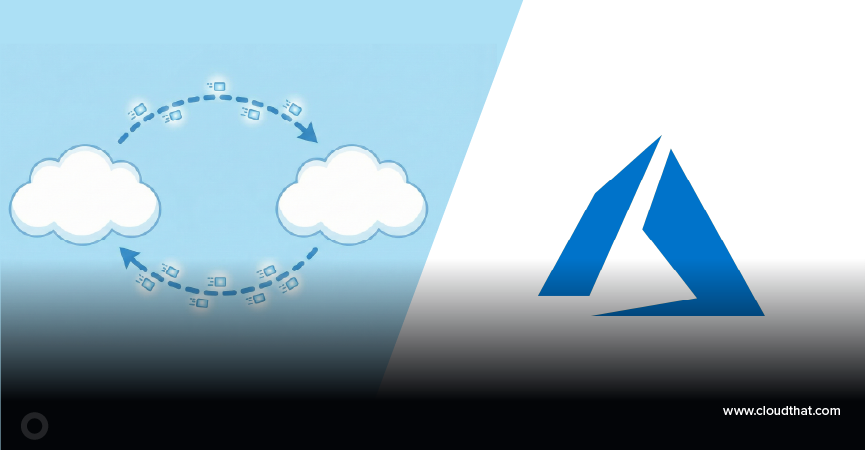
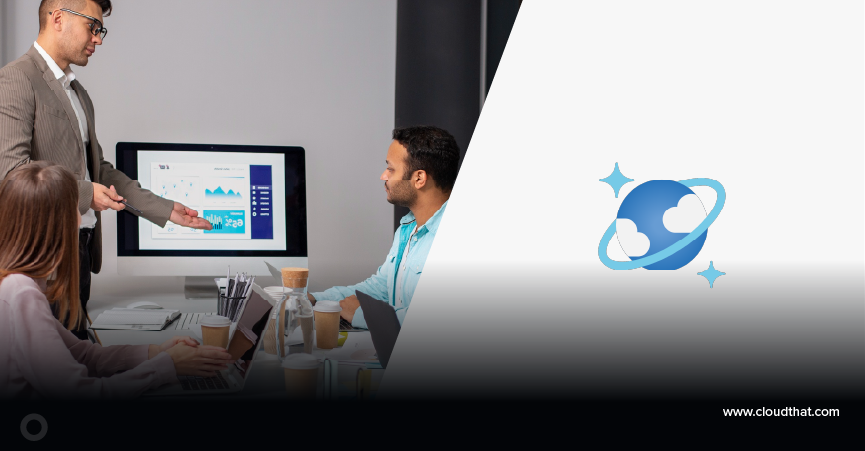
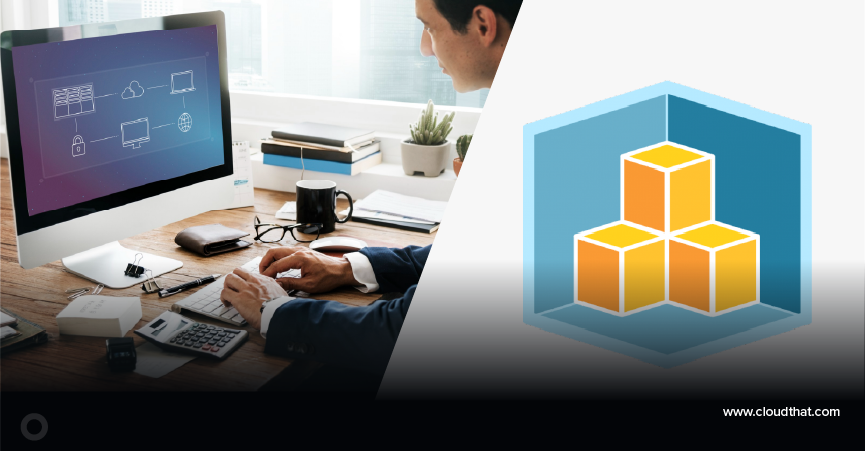
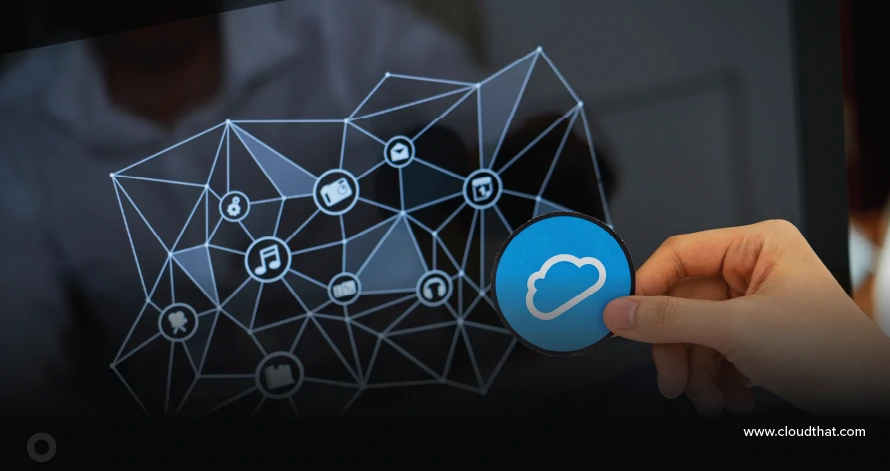

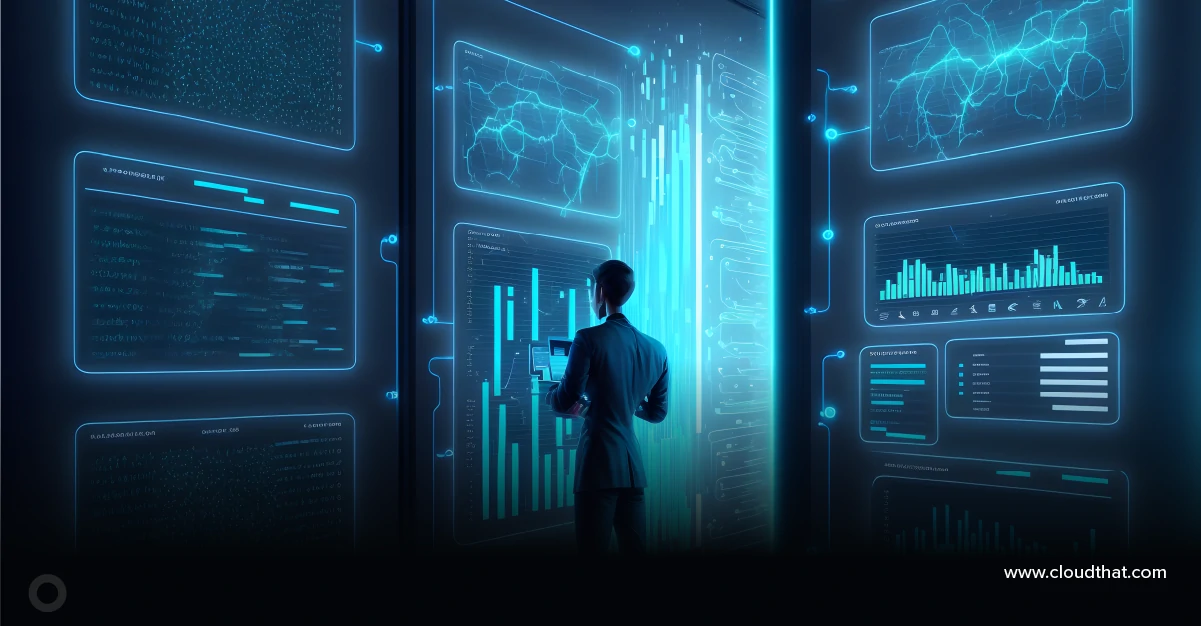


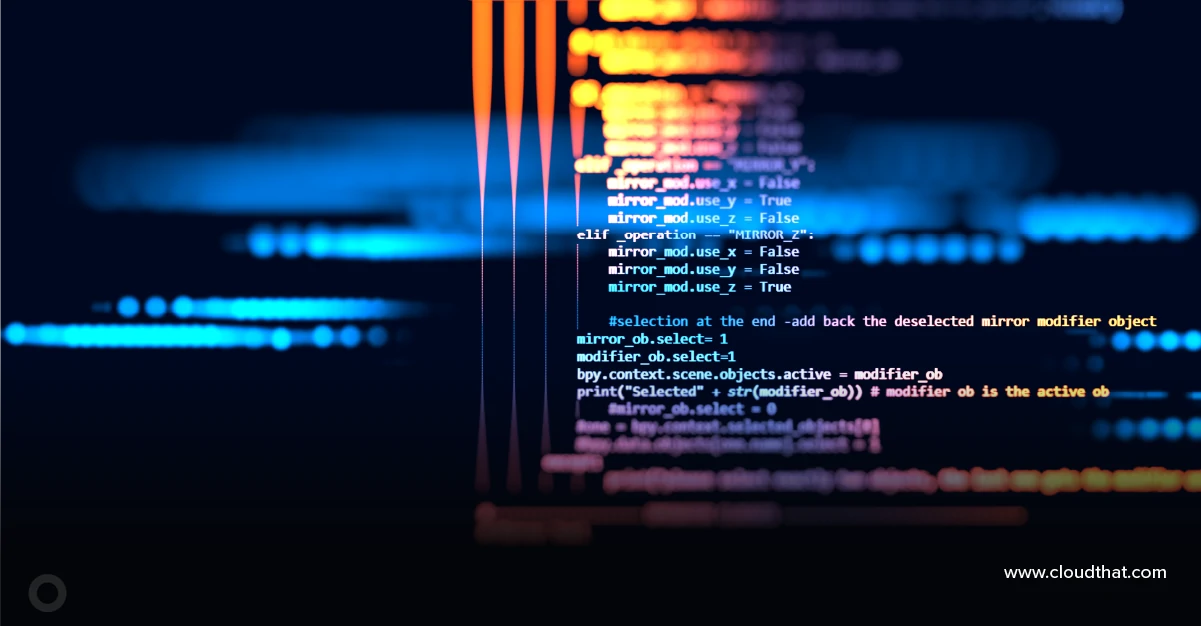


Comments